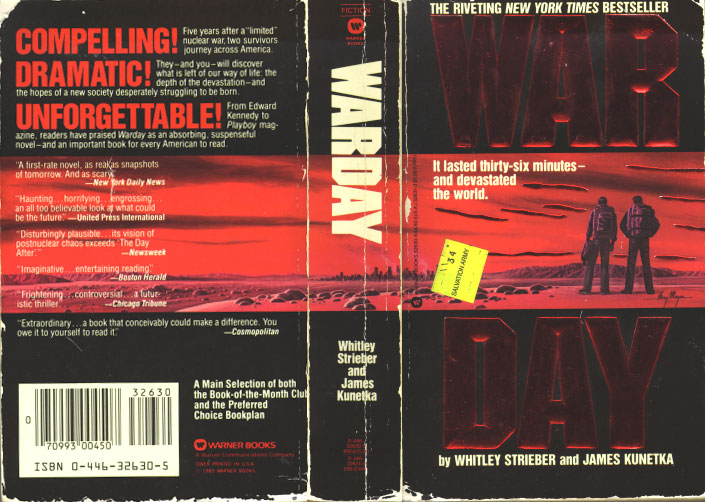Imagine you are walking through downtown Raleigh. It is a calm fall day. The birds are chirping, the leaves are beginning to become brittle and brown. There are children playing in Moore Square, and the food trucks are dispensing food to passers by. Then, in an instant, it all vanishes. A large, thunderous roar surrounds you, and you see a climbing mushroom cloud in the distance. You head for a well-built structure, and the blast from the explosion hits the city like a ton of bricks.
As you walk outside, you see the twisted steel remains of the skyscrapers, and debris from the now-devastated buildings fill the streets. You leave downtown in search of refuge, only to find that the rest of the population had the same idea. The following weeks are filled with further evacuations as fallout spreads from the original area of detonation, and you soon find yourself in another state. All throughout this time, you have to worry about mutations, cancer, a highly restrictive triage (meaning only certain people can get medical treatment), famine, and an aggressive form of the flu.
This was the world Jim Kunetka and Whitley Strieber portrayed in the 1984 novel Warday.
Warday follows the travels of journalists who documented life following a limited (meaning only a few cities were hit) nuclear exchange. The book showcases the devastating effects of even a limited nuclear exchange. In the story, San Antonio and Washington D.C. have been vaporized (the two cities were bombed to the point that the earth they stood on fused into a glass), New York City was bombed to a lesser extent and was evacuated, and the United States’ nuclear missile fields in Wyoming, South Dakota, and Montana were destroyed. According to “government” reports after the disaster, more than 7,000,000 people died in the initial attack. To make matters worse, famine, disease, and radiation plague the country even years after the bombs fell.
The book manages to captivate the horrors of nuclear warfare, and shows just how much an impact they could have, even in a scenario where only a few weapons are detonated. One of the themes of the book is how horrible it is that two countries could potentially wipe out life as we know it in a matter of minutes. Throughout the book, Strieber and Kunetka criticize both the Soviet and American governments and their populaces for allowing nuclear weapons to even exist.
As far as books go, Warday receives high marks in all areas. It is thoroughly interesting and covers a subject material that is otherwise unheard of in literature. It offers interesting insight on the US and Russia’s (the Soviet Union at the time) policies on nuclear warfare, and manages to challenge the reader’s thoughts on weapons of mass destruction. The book is also slow enough to not seem rushed, but fast enough to not bore the reader. Warday’s imagery is also phenomenal, as the authors paint a picture of what a decaying New York or a bustling Los Angeles would sound and look like.
Warday’s flaws are few and far between, one of them being the exclusion of several major parts of the country (The southeastern United States is barely touched in the book) leaving the reader to wonder what has happened in these areas. The reason for their exclusion seems somewhat lazy (The states are closed to keep outsiders away), and more definitely could have been done.
If you’re into post-apocalyptic fiction (Fallout, The Walking Dead, The Last of Us), then Warday is definitely a book for you.

Leave a Reply